Never used Vue.js before. I have one parent component and 2 child components. These 2 child components should interact with asynchronous actions using the native Vue event bus system (with a dummy Vue object used as a shared container for the event bus).
Having something like the following:
EventBus.js
import Vue from "vue"
export default new Vue()
Parent.vue
import Child1 from "./Child1.vue"
import Child2 from "./Child2.vue"
export default {
name: "Parent",
components: {
child1: Child1,
child2: Child2,
}
}
Child1.vue
import EventBus from "./EventBus"
export default {
name: "Child1",
beforeCreate () {
EventBus.$once("MY_EVENT_X", async () => {
EventBus.$emit("MY_EVENT_Y")
})
},
mounted () {
// something
}
}
Child2.vue
import EventBus from "./EventBus"
export default {
name: "Child2",
beforeCreate () {
EventBus.$once("MY_EVENT_Y", async () => {
// do something
})
},
mounted () {
EventBus.$emit("MY_EVENT_X")
}
}
My question: having the events handlers defined in the "beforeCreate" hook, can I be sure that the "beforeCreate" hooks of both Child1 and Child2 components will be initiliazed before any of the "mounted" hooks of Child1 or Child2 will be called by Vue?
